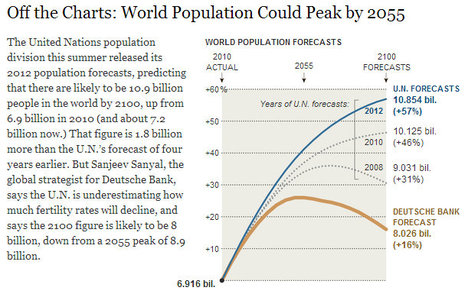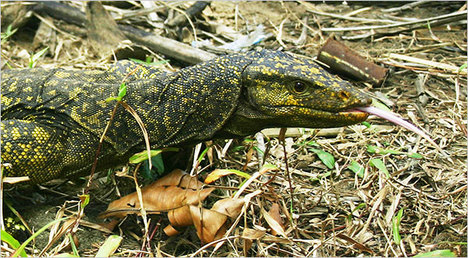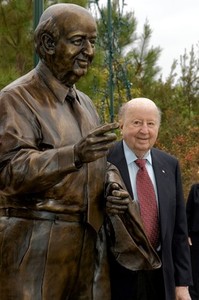(p. B2) Jokes about BMW drivers being, on average, somewhat less than courteous are fairly common. They often run along the lines of, “Despite its good brakes, a BMW will usually stop with a jerk.” Sometimes the language is more colorful.
. . .
Paul K. Piff, a researcher at the Institute of Personality and Social Research at the University of California, Berkeley, has conducted a study linking bad driving habits with wealth.
. . .
In California, where the study was conducted, state law requires motorists to stop at crosswalks when pedestrians are present, allowing them to cross the road. Mr. Piff said his team selected a specific crosswalk to observe, then had a pedestrian appear on the edge of the curb as a car approached. As the pedestrian stepped into the road, a researcher marked down the driver’s reaction to the pedestrian. This was done with 152 drivers.
The team also watched a four-way-stop intersection over a week, noting how likely drivers were to cut in front of others when it was not their turn to go. In their observation of 274 cars, the researchers found that the more expensive ones were more likely to jump their turns in the four-way rotation, Mr. Piff said.
. . .
In the San Francisco Bay Area, where the hybrid gas-and-electric-powered Toyota Prius is considered a status symbol among the environmentally conscious, the researchers classified it as a premium model.
“In our higher-status vehicle category, Prius drivers had a higher tendency to commit infractions than most,” Mr. Piff said.
For the full story, see:
BENJAMIN PRESTON. “The Rich Drive Differently, a Study Suggests.” The New York Times (Tues., August 13, 2013): B2.
(Note: ellipses added.)
(Note: the online version of the story has the date August 12, 2013.)
The study discussed above is:
Piff, Paul K., Daniel M. Stancato, Stéphane Côté, Rodolfo Mendoza-Denton, and Dacher Keltner. “Higher Social Class Predicts Increased Unethical Behavior.” Proceedings of the National Academy of Sciences (PNAS) 109, no. 11 (March 13, 2012): 4086-91.






